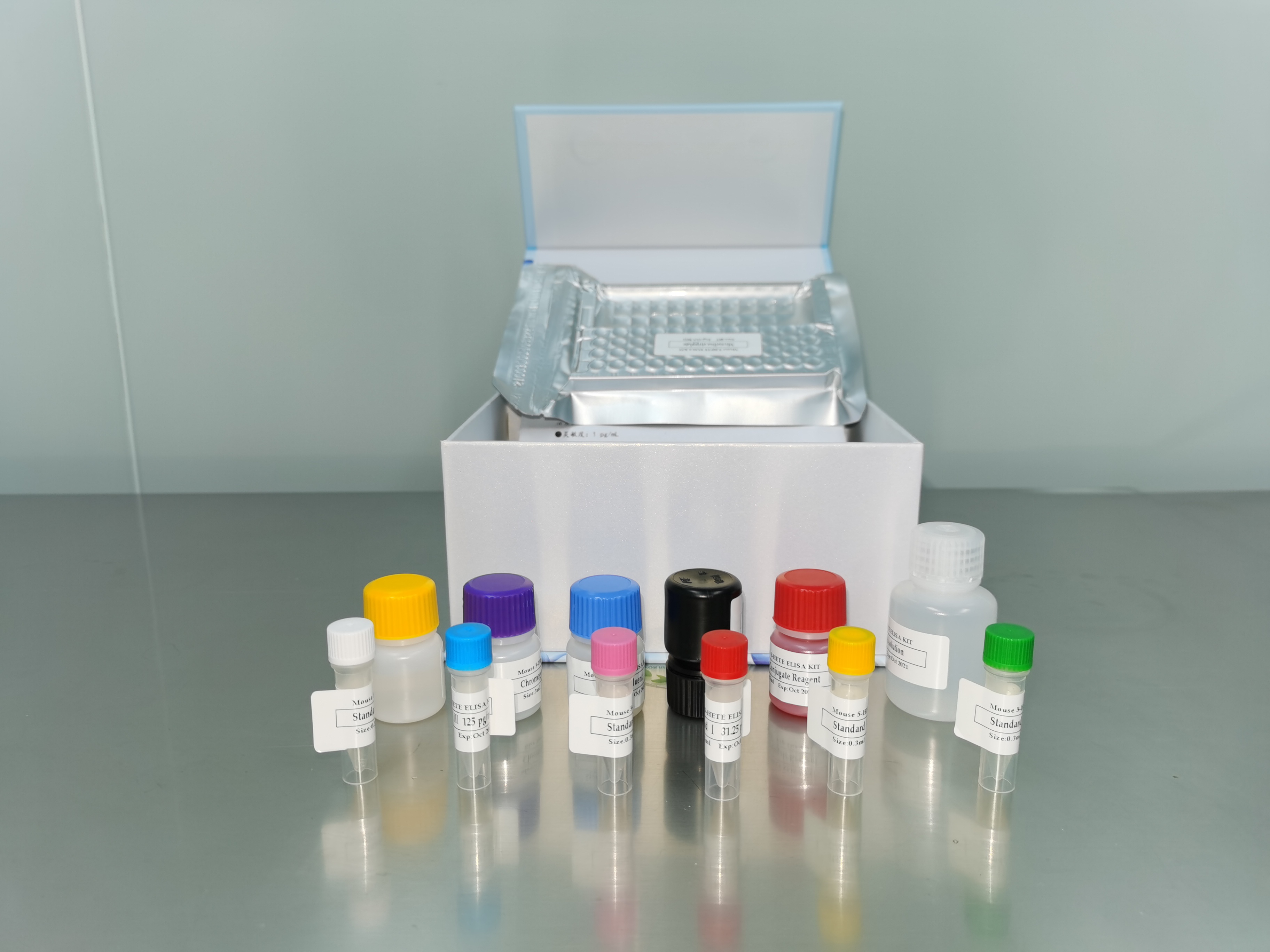| 产品名称: | BALB SFME Serum Free Mouse Embryo |
|---|---|
| 商品货号: | TS142684 |
| Organism: | Mus musculus, mouse |
| Tissue: | embryo |
| Cell Type: | Astrocyte |
| Product Format: | frozen |
| Morphology: | fibroblast |
| Culture Properties: | loosely adherent |
| Biosafety Level: | 1
Biosafety classification is based on U.S. Public Health Service Guidelines, it is the responsibility of the customer to ensure that their facilities comply with biosafety regulations for their own country. |
| Disease: | normal |
| Age: | embryo; 16 days |
| Strain: | BALB/c |
| Storage Conditions: | liquid nitrogen vapor phase |
| Disclosure: | This material is cited in a US or other Patent and may not be used to infringe the claims. Depending on the wishes of the Depositor, ATCC may be required to inform the Patent Depositor of the party to which the material was furnished. This material may not have been produced or characterized by ATCC. |
| Karyotype: | modal number = 40 |
| Images: |  |
| Derivation: | This neural stem cell line was derived from 16 day old BALB/c mouse embryos grown in serum-free medium. |
| Tumorigenic: | No, the cells were not tumorigenic in immunosuppressed mice. |
| Effects: | Yes, the cells did form colonies in semisolid medium.xa0 No, the cells were not tumorigenic in immunosuppressed mice |
| Comments: | BALB/c SFME cells infrequently form colonies in soft agar and are not tumorigenic if injected into nude mice. Either serum or TGF-beta induce astrocyte differentiation accompanied by GFAP (glial fibrillary acidic protein) expression. The presence of serum causes cell growth arrest. This process is reversible upon removal of the serum. When cultured in serum-free medium, BALB SFME cells reportedly can be propagated for extended periods without undergoing crisis or gross chromosomal aberration. |
| Complete Growth Medium: | A 1:1 mixture of Dulbeccos Modified Eagles Medium and Hams F12 medium with 2.5 mM L-glutamine, 1.2 g/L sodium bicarbonate, 15mM HEPES and 0.5mM sodium puruvate supplemented with:
0.010 mg/ml bovine insulin
0.010 mg/ml human transferrin
1% chemically defined lipids (LifeTechnologies cat.# 11905-031)
50 ng/ml mouse epidermal growth factor
10 nM sodium selenite
|
| Subculturing: | Volumes used in this protocol are for 75 cm2 flask; proportionally reduce or increase amount of dissociation medium for culture vessels of other sizes. Note:xa0Coat culture vessels withxa00.01 mg/mL fibronectin solution beforexa0adding cells.xa0Add culture medium plus an equal volume of 0.01 mg/mL fibronectin solution sufficient to cover the flask surface; immediately mix by rocking (Do not premix medium with fibronectin). Incubate at 37°C for at least 30 minutes. Suction to remove excess liquid prior to adding cells. Pre-coated culture vessels can be stored with medium for several days in the incubator.
DO NOT LEAVE FLASKS AT ROOM TEMPERATURE OR CELLS WILL DETACH. Subcultivation Ratio: A subcultivation ratio of 1:4 to 1:10 is recommended
Medium Renewal: Three to four times weekly with pre-warmed medium |
| Cryopreservation: | Complete growth medium supplemented with 5% (v/v) DMSO.xa0Cell culture tested DMSO is available as ATCC Catalog No. 4-X.
|
| Culture Conditions: | Temperature: 37°C
Atmosphere: Air, 95%; Carbon dioxide (CO2), 5%
Note: The cells are very density and temperature sensitive. Confluencies above 80% will cause cells to form clumps and detach. Omission of EGF (epidermal growth factor) causes the cells to undergo apoptosis. Cells will detach at room temperature. |
| Name of Depositor: | Oregon State University |
| Deposited As: | Mus musculus |
| U.S. Patent Number: | |
| References: | Loo DT, et al. Extended culture of mouse embryo cells without senescence: inhibition by serum. Science 236: 200-202, 1987. PubMed: 3494308 Rawson C, et al. Death of serum-free mouse embryo cells caused by epidermal growth factor deprivation is prevented by cycloheximide, 12-O-tetradecanoylphorbol-13-acetate, or vanadate. Exp. Cell Res. 186: 177-181, 1990. PubMed: 2153551 Rawson CL, et al. Death of serum-free mouse embryo cells caused by epidermal growth factor deprivation. J. Cell Biol. 113: 671-680, 1991. PubMed: 2016341 Loo D, et al. Serum-free mouse embryo cells: growth responses in vitro. J. Cell. Physiol. 139: 484-491, 1989. PubMed: 2786879 Ernst T. Karyotypic stability of serum-free mouse embryo (SFME) cells. Cytotechnology 5: 211-222, 1991. PubMed: 1367375 Rawson C, et al. Serum inhibition of proliferation of serum-free mouse embryo cells. Exp. Cell Res. 192: 271-277, 1991. PubMed: 1898591 Hay, R. J., Caputo, J. L., and Macy, M. L., Eds. (1992), ATCC Quality Control Methods for Cell Lines. 2nd edition, Published by ATCC. Caputo, J. L., Biosafety procedures in cell culture. J. Tissue Culture Methods 11:223-227, 1988. Fleming, D.O., Richardson, J. H., Tulis, J.J. and Vesley, D., (1995) Laboratory Safety: Principles and Practice. Second edition, ASM press, Washington, DC. Biosafety in Microbiological and Biomedical Laboratories, 5th ed. HHS. U.S. Department of Health and Human Services, Centers for Disease Control and Prevention. Washington DC: U.S. Government Printing Office; 2007. The entire text is available online. |


